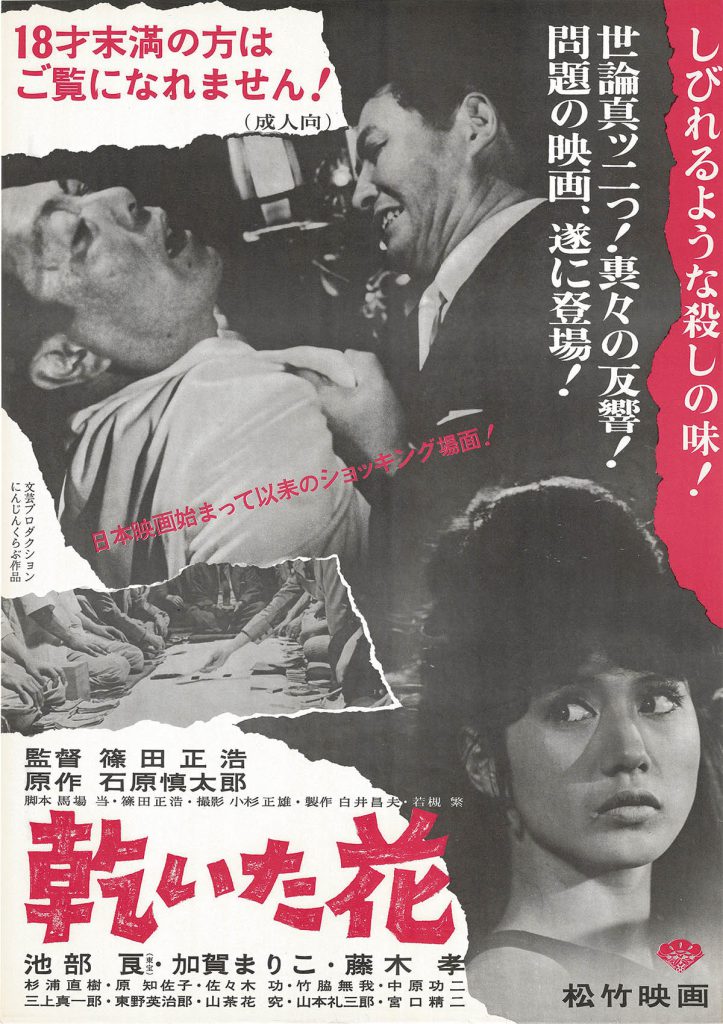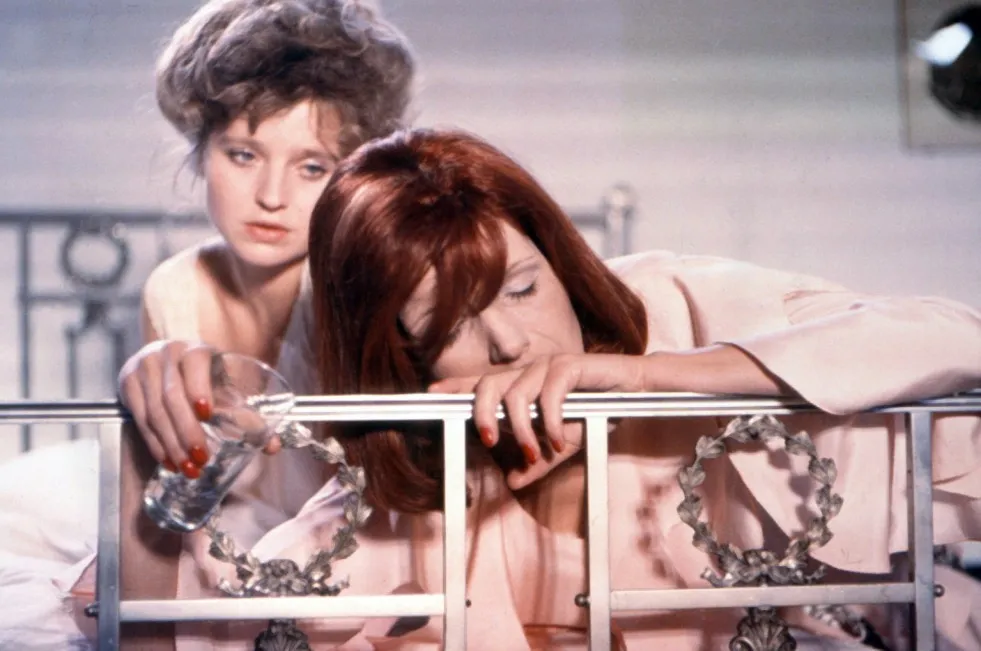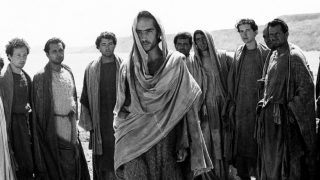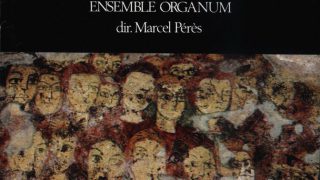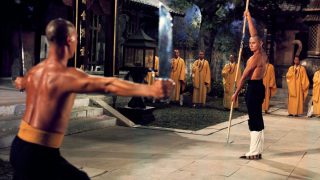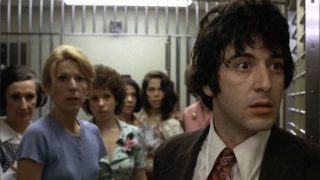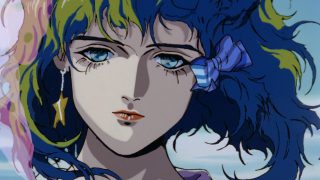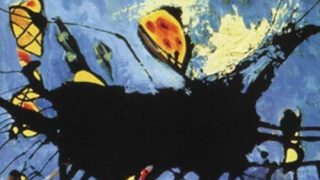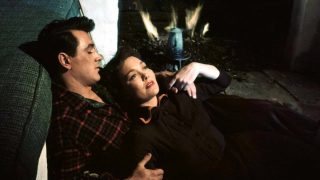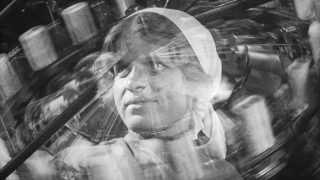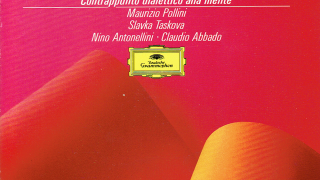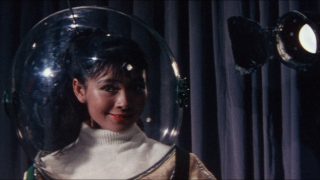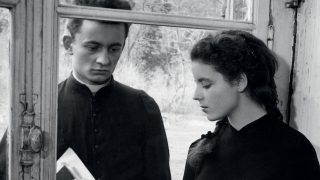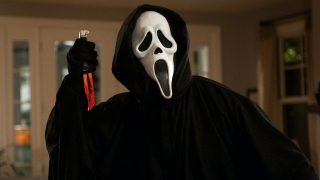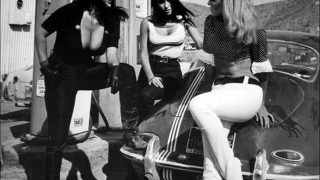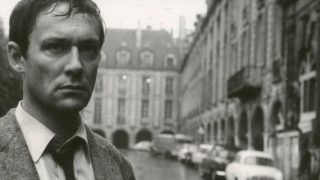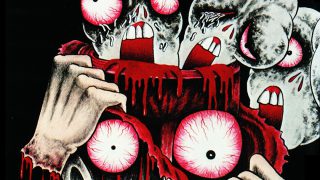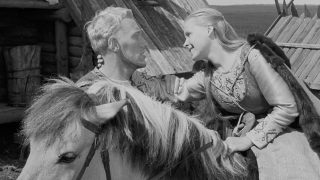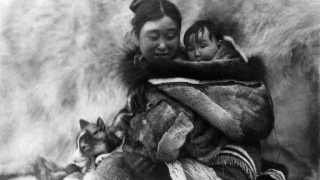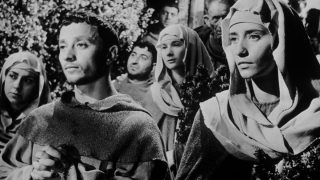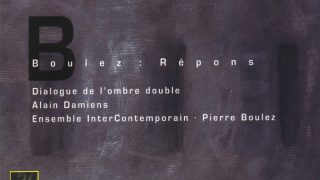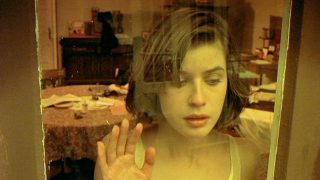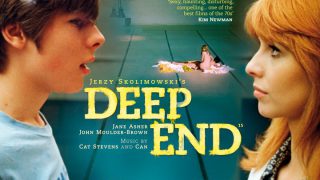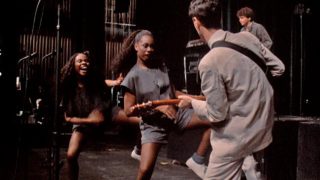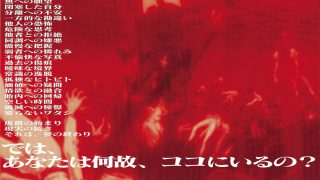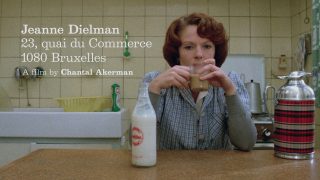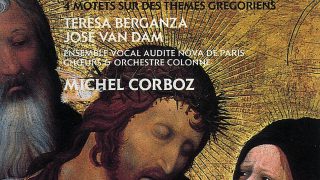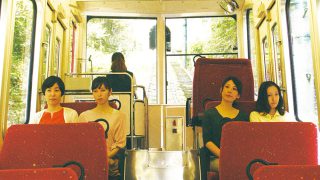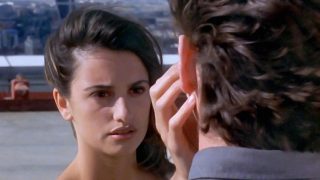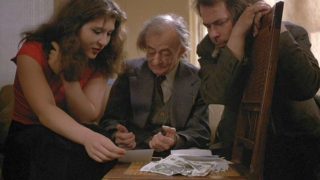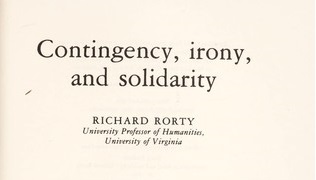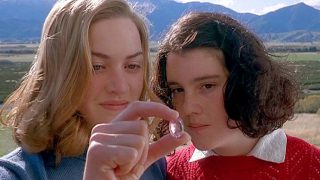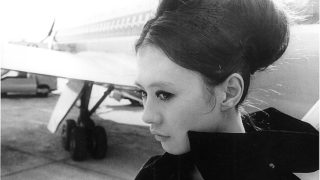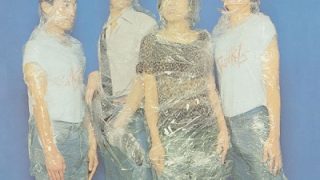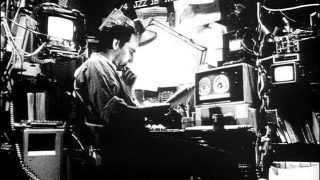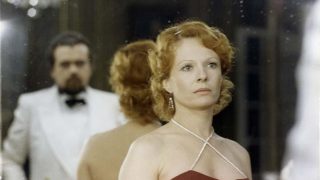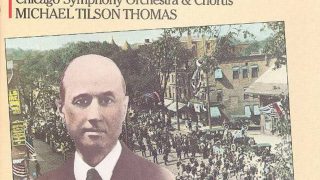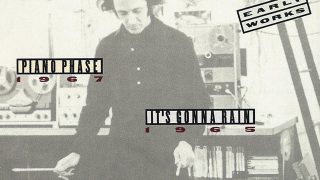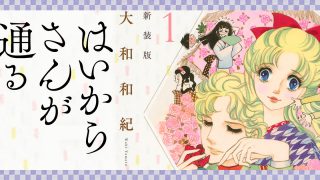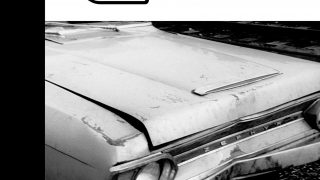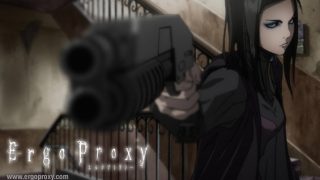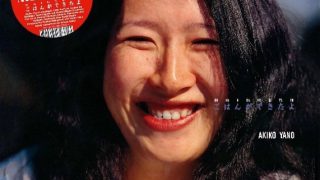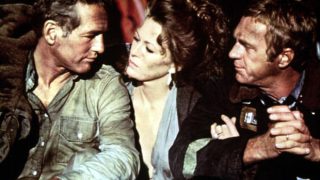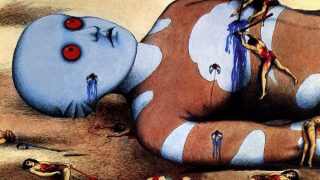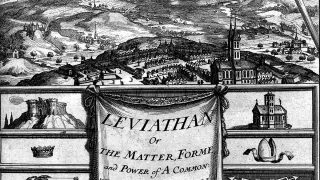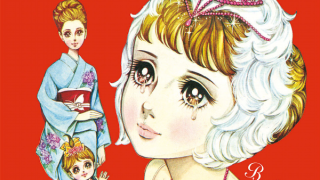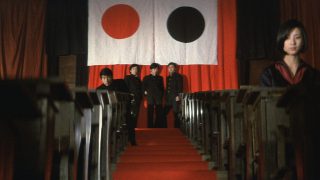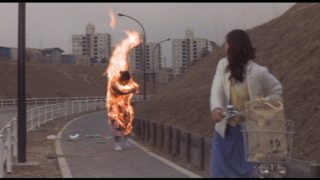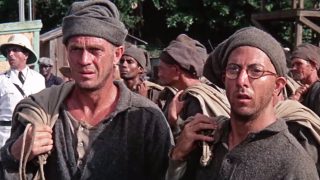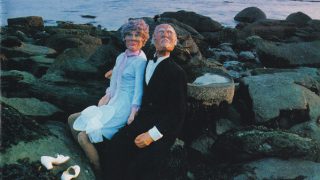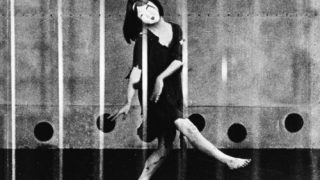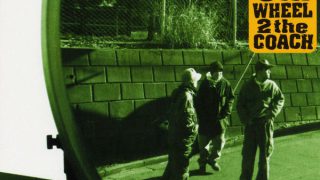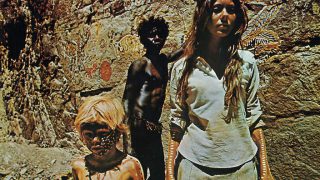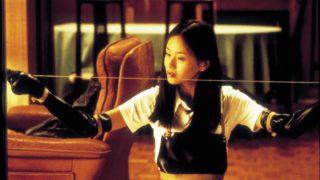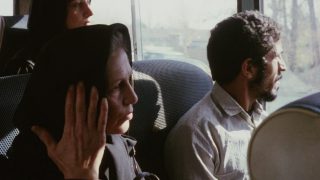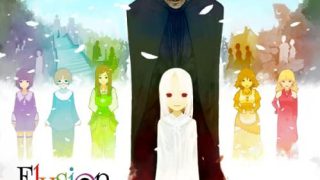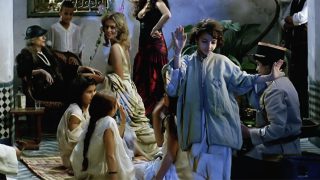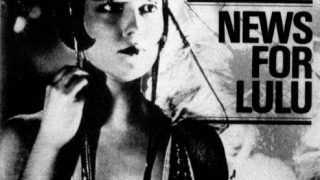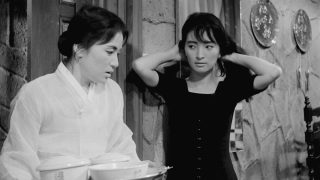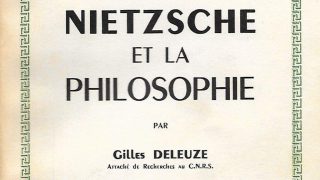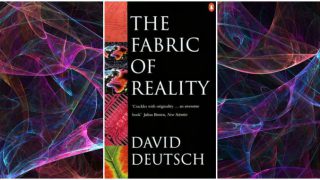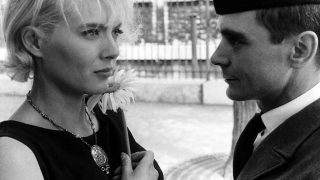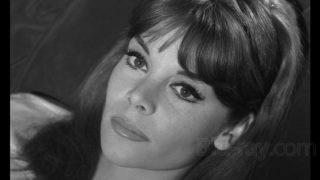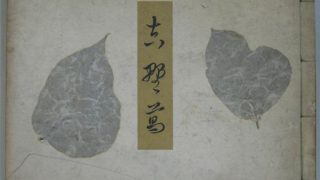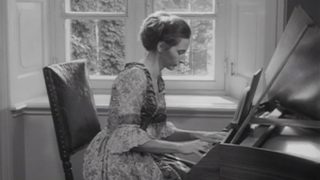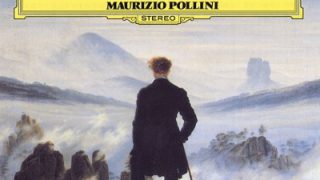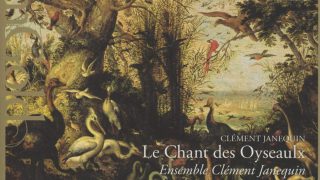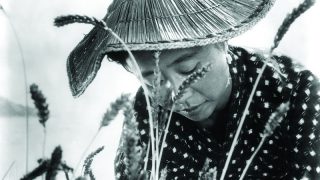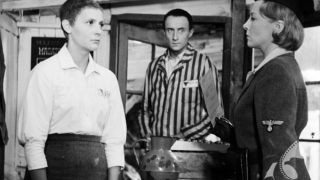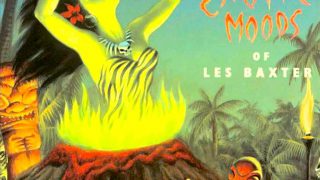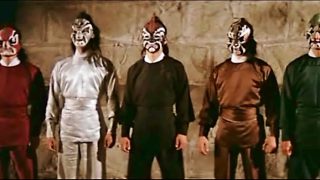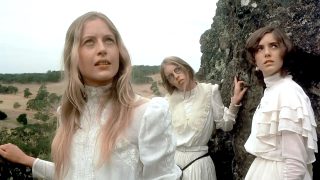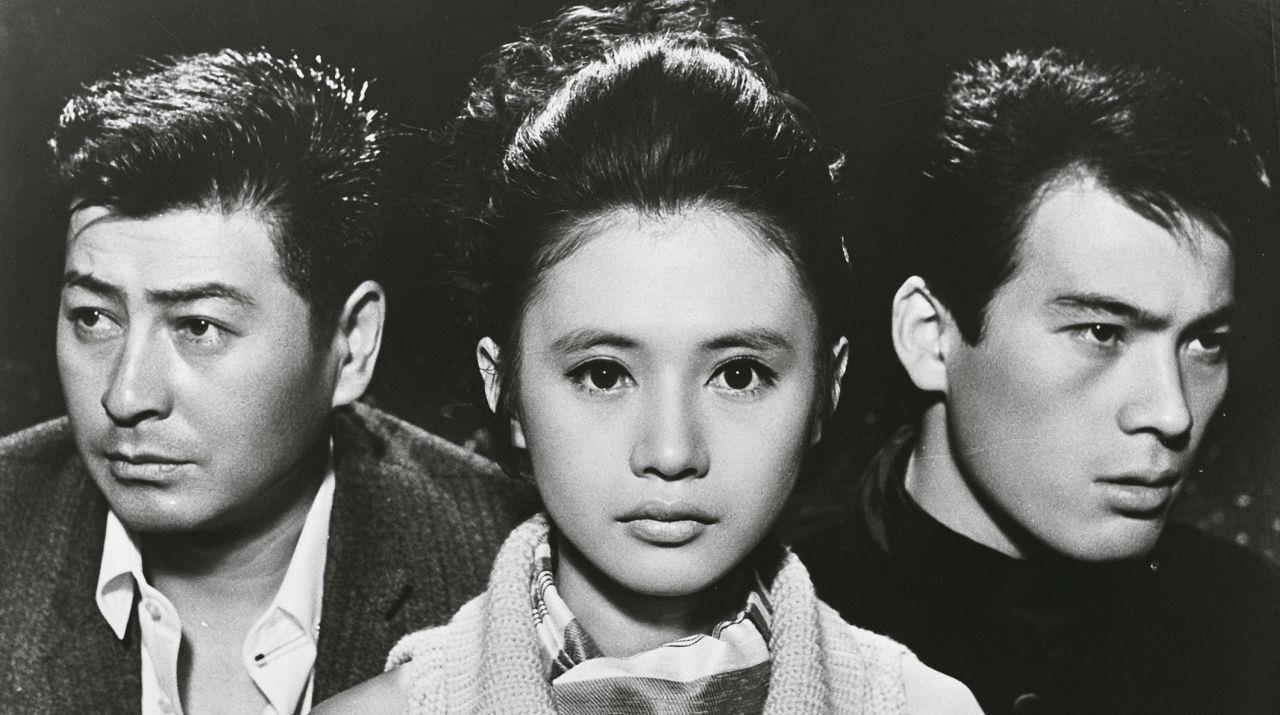Overview
“Pale Flower” (the original Japanese title is Kawaita Hana: Dried (Withered) Flower) is a 1964 Japanese film noir/yakuza (Japanese gangster) film directed by Masahiro Shinoda. It stars Ryō Ikebe and Mariko Kaga.
Set in Yokohama, it depicts a doomed romance between Muraki (Ryō Ikebe), a yakuza who is just released from prison, and Saeko (Mariko Kaga), a mysterious girl who is a gambling addict.
It was a film adaptation of the short story of the same name (1958) by Shintaro Ishihara. The screenplay was written by Masaru Baba and Masahiro Shinoda.
Music by Toru Takemitsu and Yūji Takahashi.
It was produced by Bungei Production Ninjin Club, and was distributed by Shochiku. Black & white. 96 minutes.
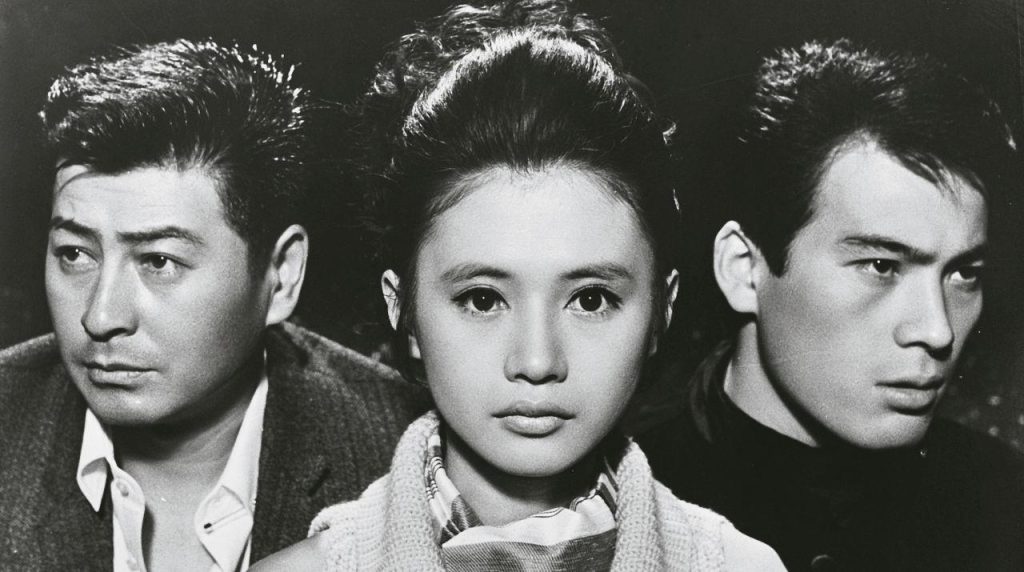
Plot
A yakuza who belongs to the Funada gang in Yokohama, Muraki (Ryō Ikebe) is released from prison. He had jailed for three years for murder in a clash between the Funada and Yasuoka gangs.
While Muraki was in prison, the Funada gang made peace with the Yasuoka gang, and the two gangs became allies to counter the Imai gang from Osaka.
Muraki gets to know Saeko (Mariko Kaga), a mysterious girl who often visits illegal gambling dens to bet on hanafuda (flower cards: Japanese domino-size playing cards). She is well-dressed, and she drives around in a luxury sports car.
Saeko asks Muraki to take her somewhere she can play for higher stakes. Saeko is trying to escape her boring upper-class life by engaging in thrill-seeking behaviors, such as gambling.
Saeko tells Muraki that she is bored with living. Muraki tells Saeko that he feels truly alive only when he is killing.
Muraki and Saeko become attracted to each other because both of them see no value in leading a decent life, and they have shared feelings of emptiness and self-abandonment.
Muraki meets his lover Shinko Furuta (Chisako Hara) again. Shinko is the daughter of a clock shop.
A co-worker at her office has proposed marriage to Shinko, but she refuses his offer of marriage because she loves Muraki, while Muraki is hungry for not Shinko but Saeko. Muraki tells her to get married to another man.
Muraki takes Saeko to a high-stakes gambling den at an inn in Tsunamachi, Tokyo, where they meet a ghastly man named Yoh (Takashi Fujiki), a drug addict who fled Hong Kong after killing two people.
Muraki hates the drug-taking people, while Saeko is attracted to Yoh because she has an interest in taking illegal drugs.
Muraki has a nightmare that Yoh gives Saeko a drug injection.
A member of the Funada gang and Muraki’s junior, Tamaki is killed by the Imai gang. The boss of the Funada gang is going to send a thug to kill the boss of the Imai gang in revenge. Muraki volunteers to kill Imai.
Muraki says to Saeko, “I’ll show you something even better than dope”, and he takes her to a classical music cafe where Imai is at. At the cafe, he stabs Imai to death right in front of her.
Commentary
The original of “Pale Flower” is a short story by Shintaro Ishihara, which was published in the literary magazine “Shinchō” in 1958. Ishihara himself described it as “my Tristan and Iseult story” against the backdrop of “modern-day decadent spirit”.
“Pale Flower” is an artistic film noir directed by Masahiro Shinoda, who had been one of the central figures in the “Shochiku New Wave” alongside Nagisa Ōshima and Yoshishige Yoshida.
Though it deals with subjects such as yakuza and gambling, its cool and modern style is entirely different to the Japanese orthodox yakuza/bakuto (gambler) films.
This film is characterized by its stylish and beautiful images shot in high-contrast black-and-white and Cinemascope, and nihilism and existential themes like absurdist fictions, such as “L’Étranger/The Stranger” (1942) by Albert Camus.
Director Shinoda said that Charles Baudelaire’s “Les Fleurs du mal/The Flowers of Evil” (1857) had a strong influence on the entire film.
Ryō Ikebe at age 45 played the role of a nihilistic yakuza, Muraki, and Mariko Kaga at age 19 played the role of a mysterious girl, Saeko. Saeko’s costumes were designed by fashion designer Hanae Mori.
The avant-garde music by Toru Takemitsu with the heavy use of dissonance and percussion is impressive.
In a scene of the gambling den, the sounds have a hypnotic effect: the dealer’s calls sound like chanting, and the sound of the shuffling hanafuda cards changes into tap-dancing sound.
The electronic sound of the theme was created by Yūji Takahashi in his youth.
An aria of the opera “Dido and Aeneas” by Henry Purcell was used in the scene in which Muraki kills Imai in slow motion. This scene makes us feel solemnness like a religious ceremony and ecstasy like an orgasm.
Muraki’s nightmare is depicted as a visional scene with the use of the solarization technique.
The detailed depiction of hanafuda gambling is also one of the features of the film. In the scene of the gambling den in Tsunamachi, the game begins with Batta Maki/Atosaki (Front and Rear), and then it changes into Tehonbiki (Matched Draws).
Though this film was scheduled to be released in 1963, Shochiku showed their reluctance to release it because they considered that it was inconsistent with their style. Shochiku shelved the film for eight months on the grounds that there was no film to be screened with it. After that, the film was released as an X-rated (R-18) movie in Japan in 1964.
Japanese film magazine “Eiga Geijutsu (Film Art)” ranked it number five on their 1964 Japanese film top ten list.
Francis Ford Coppola and Martin Scorsese have been strongly influenced by this film. Scorsese bought the print of the film from Shochiku.
The US Criterion Collection released this film on DVD and Blu-ray in 2011 (it is available on digital distribution too).
In 2022, the 72nd Berlin International Film Festival celebrated the world premiere of the 4K digitally restored version of the film as part of the Berlinale Classics programme.
